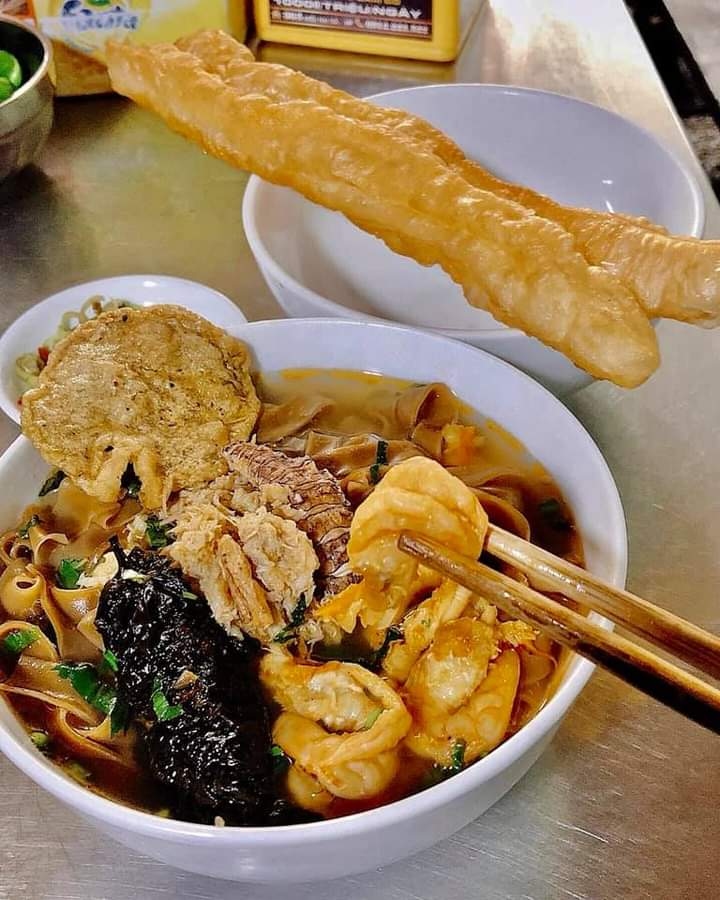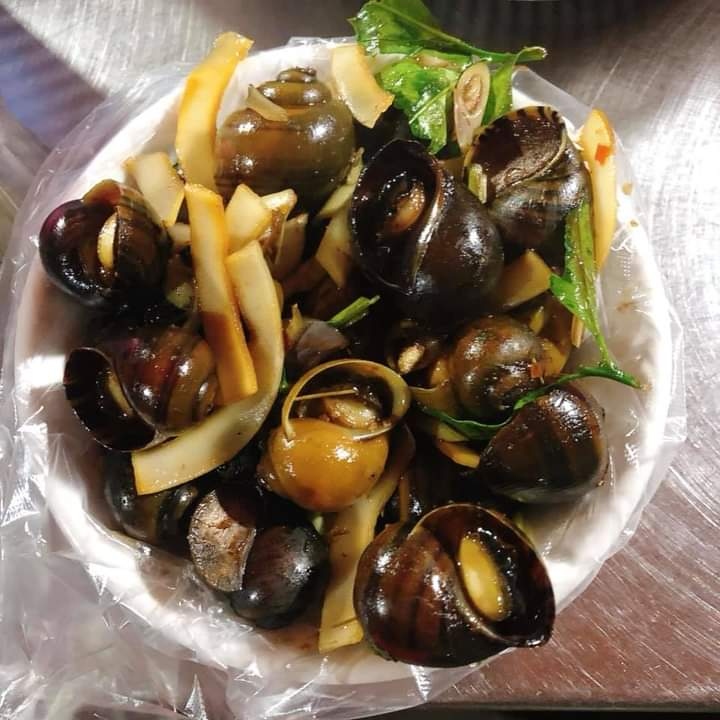Anyone has tasted all the street food of Hanoi?
Hanoi street foods have become a nostalgia for travelers who have once enjoyed them.

When people from all over the country settled down in Thang Long - Hanoi, they brought the best food from their homeland. As the nation’s capital and a trading hub, Hanoi is also home to many dishes capable of delighting the most exquisite palate.
Street snacks of the past
In the country's poverty-stricken past, few people could have three meals a day, let alone snacks.
Before the 19th century, most snacks were available in the wet market. There were snacks for the peasants and workers and snacks for the aristocracy and wealthy people.
Then came the French invasion at the turn of the century that brought with it a new way of life and lifestyle, including food and snacks. Aggressive urbanization of Hanoi under French colonialism lured in a large workforce from across the country to make a living, even selling their homeland snack specialties on the roadsides of Hanoi.
Street snacks in Hanoi varied for breakfast, lunch and afternoon light meal. Breakfast usually included Pho, banh mi (Vietnamese sandwich with, banh cuon (Vietnamese steamed rice rolls), sticky rice, among others.

Lunch came with bun cha (grilled pork and noodle), bun rieu (crab soup with noodle), bun oc (snail soup with noodle), chao luon (rice porridge with eel), banh xeo (Vietnamese pancake), among other dishes.
Afternoon time is suitable for banh gio (Vietnamese pyramid pork dumpling), rice porridge with chicken, sweet dessert and others. There were also seasonal dishes like green flake rice of Vong village only in autumn.
Hanoi sandwiches are rich ingredients whose flavors were verified through the good taste of the capital's middle class, who have the money and time to prepare a good meal for their family and friends.
As soon as they tasted food that came from elsewhere, they knew what was good to keep and what was not, as well as those that needed to some tweaks for better taste. Through many calibrations over time, those provincial foods have become Hanoi's specialties and have been preserved until now, satisfying the palate of urban people.
In addition, Hanoi people themselves also created many local street foods, becoming specialties of the capital such as nem (spring rolls), bun cha, cha ca La Vong (grilled fish with noodle) and so on.

Lost and remaining
Nowadays, some foods of yesteryear are no longer seen in Hanoi or are only prepared at home by some families to remember a period of time, for example, banh duc mo (rice-flour cake served with grease), quay (golden-brown deep-fried dough sticks) or xuc tac (a kind of Chinese noodle soup), among other dishes.
In fact, many people still miss these dishes as one of their best Hanoi snacks and try to search for them, but they could rarely find a street eatery that sells such food.
Hanoi street snacks today are very different, both in variety and in the way of cooking. In the past, everything was homemade, whereas today sellers often order it from central manufacturers.

In addition, there have been a lot more tweaks to the traditional dishes to meet the new culinary tastes. For example, crab noodle soup is added beef, pork sausage, and tofu while Pho comes with egg as well.
Furthermore, various kinds of new snacks are also offered such as spring rolls with snail, nem chua ran (fried fermented pork roll), nom du du (papaya salad with dried beef), bubble milk tea and so on, which are favoured by many people.
It seems impossible to name and taste the huge varieties of snacks in Hanoi. Hanoi's snack menu grows by the day. Good dishes will remain while unsuitable ones will be temporary.

